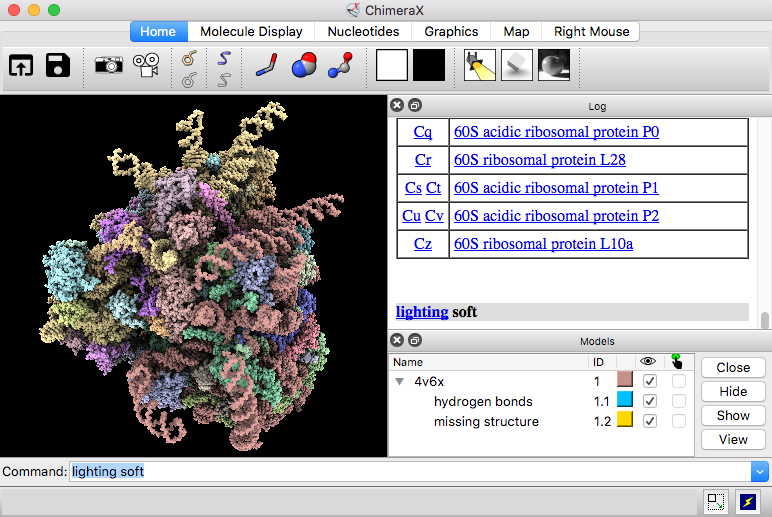
ChimeraX is the state-of-the-art visualization program from the Resource for Biocomputing, Visualization, and Informatics at UC San Francisco. It is free for academic, government, nonprofit, and personal use; commercial users, please see commercial licensing. Please cite ChimeraX in publications.
See also: